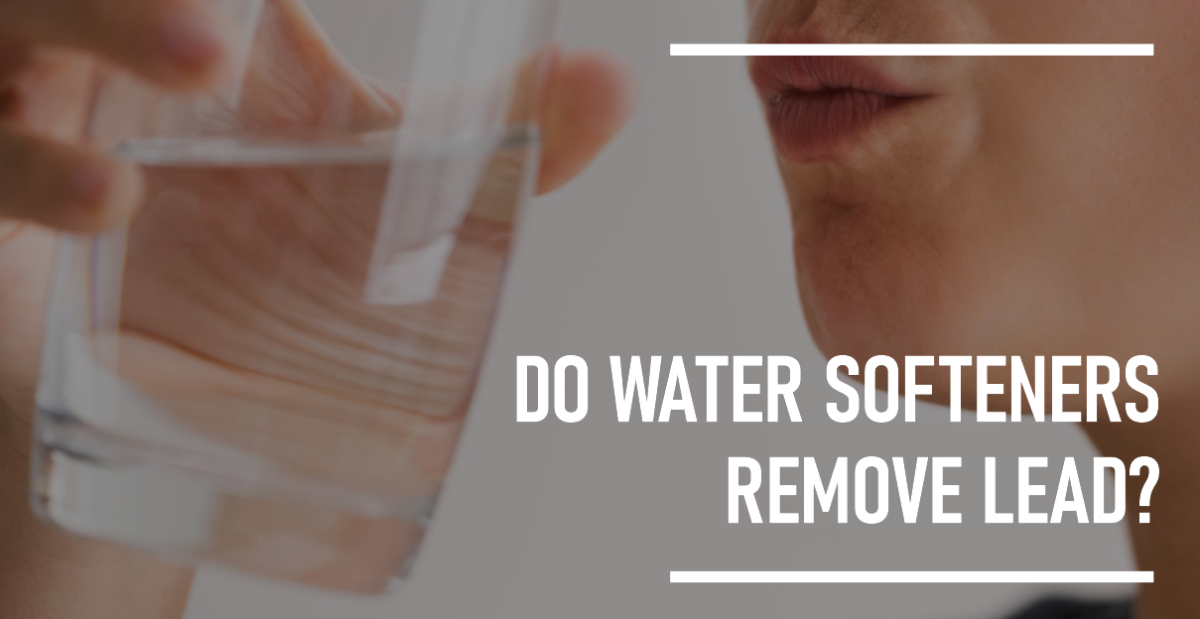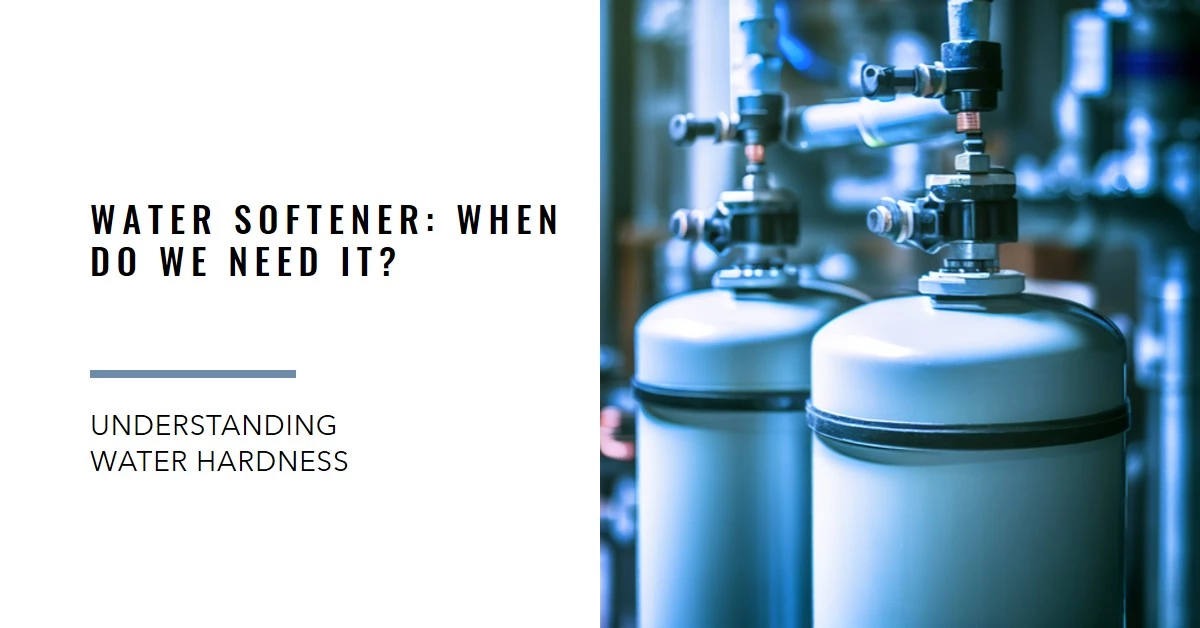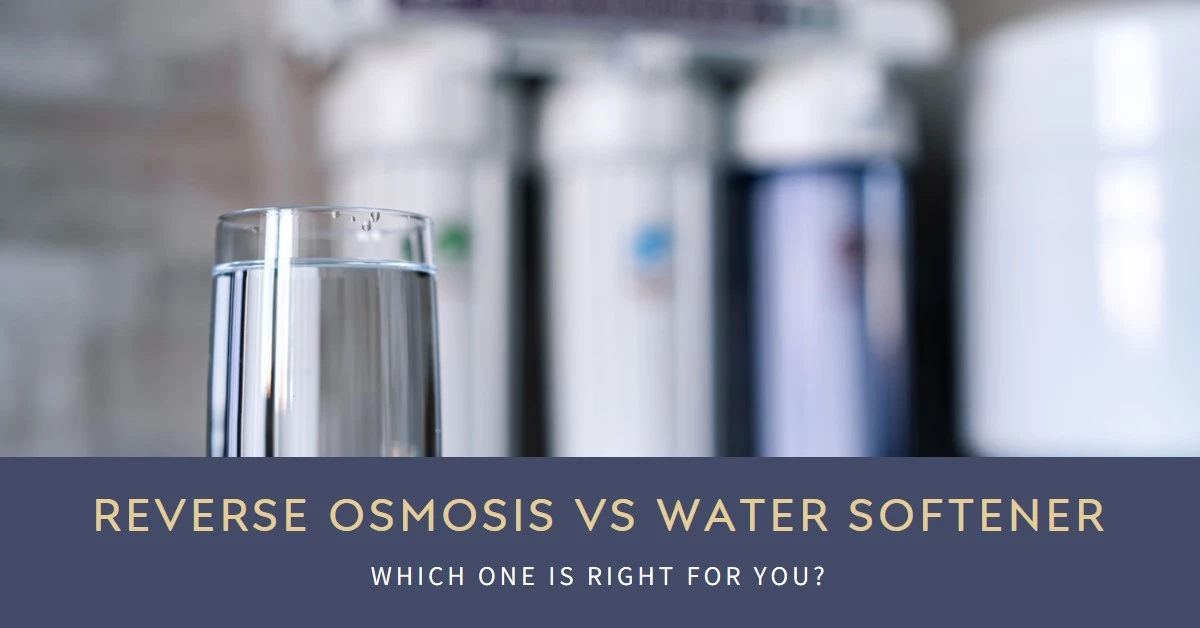If you’re concerned about potential lead contamination in your home’s water supply, you may be wondering whether a water softener can remove lead from your water. This is an important question, as exposure to lead can have severe health consequences.
The short answer is: No, water softeners do not remove lead from water.
Water softeners are designed to reduce hardness minerals like calcium and magnesium, not filter out heavy metals like lead. To remove lead from your water, you’ll need a specific filtration system designed for lead removal.
In this comprehensive guide, we’ll explain:
- What lead is and how it gets into drinking water
- The health risks associated with lead exposure
- How water softeners work and what they filter
- Why water softeners don’t remove lead
- The best ways to remove lead from your water
- Additional steps to reduce lead exposure in your home
What Is Lead and How Does It Get Into Drinking Water?
Lead is a toxic heavy metal that can cause health issues if too much enters your body. Young children are especially vulnerable to lead’s neurological effects.
Potential sources of lead in drinking water include:
- Lead service lines: The pipes that run from the water main to your home may contain lead. These service lines were commonly used before the 1980s.
- Lead solder: Lead solder was once used to join copper pipes, especially in homes built before 1990. Over time, lead can leach from the solder into the water.
- Lead fixtures: Faucets, valves, and other plumbing components may contain lead. New brass fixtures can also leach lead.
- Lead-based interior plumbing: Some older homes may have lead pipes, lead solder, or lead-containing fixtures.
So in homes with these lead sources, contaminated water can flow from the pipes through the faucets and into your glass.
What Are the Health Risks of Lead Exposure?
Even small amounts of lead over time can accumulate in the body and cause serious health effects:
- Developmental delays in children: Lead is especially harmful to the developing brains and nervous systems of fetuses, infants, and young children. Exposure can cause cognitive deficits, decreased IQ, and developmental delays that persist into adulthood.
- Kidney damage and high blood pressure: Adults exposed to lead can experience kidney dysfunction and increased blood pressure. Lead is also linked to cardiovascular disease.
- Reproductive issues: Lead exposure is associated with miscarriage, preterm birth, and fertility issues in both men and women.
- Other effects: Other potential health effects include anemia, weakened immune systems, gastrointestinal distress, and cancer risk. Acute lead poisoning, while rare today, can cause seizures, coma, and death.
For these reasons, it’s critical to minimize lead ingestion and avoid contaminated drinking water. Pregnant women and children under six years old are most at risk.
How Do Water Softeners Work?
Now that you understand the risks of lead exposure, let’s look at what water softeners do and do not filter out.
Water softeners are designed to reduce water hardness.
Hard water contains high concentrations of calcium and magnesium, which can lead to limescale buildup and soap scum. Water softeners work by exchanging hardness minerals for sodium ions through a process called ion exchange.
Specifically, hard water passes through a tank containing resin beads. The beads attract and bind to the calcium and magnesium ions. Sodium ions from the resin are released into the water in exchange, reducing its hardness. The resulting soft water flows from the tank to your pipes.
So in summary:
- Water softeners remove hardness minerals like calcium and magnesium using ion exchange.
- They replace the hardness minerals with sodium ions.
- This process softens the water and prevents limescale and soap scum.
However, water softeners do NOT filter out heavy metals like lead. They are not designed to attract and remove lead ions.
Why Don’t Water Softeners Remove Lead from Water?
There are a few key reasons why water softeners don’t remove lead:
- Ion exchange specificity: The resin beads in water softeners are specially formulated to target hardness minerals like calcium and magnesium. Their ion exchange sites don’t readily bind to lead ions.
- Lead binding strength: The bonds between lead and resin beads are much weaker than those between hardness minerals and resin. So any lead ions that initially bind are soon released back into the water.
- No lead filtration: Water softeners lack the type of filtration media required to trap lead particles within the water.
- Lead leaching potential: There is also some concern that the sodium ions released during ion exchange could potentially leach more lead from pipes and solder. However, the evidence is mixed on whether water softeners increase or decrease lead levels.
The bottom line is that water softeners are simply not capable of binding and removing dissolved or particulate lead. Specific filtration solutions are needed.
What Are the Best Ways to Remove Lead from Drinking Water?
If you have lead pipes, fixtures, or solder in your home, the best way to remove lead is by installing a certified lead filtration system.
The EPA recommends the following effective filtration options:
- Reverse osmosis systems: RO systems use a multi-step process to force water through a semipermeable membrane, trapping lead and other contaminants. RO removes up to 99% of lead.
- Distillation systems: These systems boil water and collect the steam, leaving contaminants like lead behind. Distillation removes nearly 100% of lead.
- Activated carbon filters: Carbon filters adsorb lead and other chemicals through a process called adsorption. Look for lead-specific carbon filters.
- Ion exchange filters: These filters use a specialized resin that binds to lead ions and removes them through ion exchange. They are very effective for lead removal.
Other options include ceramic filters, coagulation filters, and sediment filters specifically designed to reduce lead.
Point-of-use filter attachments for faucets and refrigerators are affordable, convenient options. They can remove lead from the water you use for drinking and cooking.
For whole-house lead filtration, a system integrated into your main water line provides comprehensive contamination protection. Work with a water quality professional for installation.
Additional Ways to Reduce Lead Exposure at Home
Along with filtration, take these steps to further minimize lead ingestion and absorption:
- Run your water before using: Let the tap run for 1-2 minutes before drinking or cooking if the water hasn’t been used for a while. This flushes any lead from sitting pipes.
- Use cold water for cooking and drinking: Hot water dissolves lead more readily than cold water.
- Clean faucet aerators: Aeration screens can collect lead particles. Regular cleaning reduces exposure.
- Consider bottle water: As an extra precaution, use bottled water for drinking, cooking, and infant formula. Look for certified lead-free brands.
- Test your water: The only way to confirm lead levels is through professional water testing. Consider annual testing if you have lead plumbing.
- Upgrade plumbing: If feasible, replace old lead pipes, lead solder, and brass fixtures with lead-free alternatives.
By combining these steps with lead-removing water filtration, you can effectively protect your household from the risks of lead exposure through drinking water. Consult water quality experts to explore the best solutions for your home.
The Bottom Line: Water Softeners Do Not Remove Lead
While water softeners are beneficial for reducing water hardness, they do NOT remove lead or make water safer from lead contamination.
To remove lead, you need filtration systems specifically designed to treat lead. Reverse osmosis systems, distillation units, specialized carbon filters, and ion exchange filters are effective options.
Protect your household by testing your water, installing proper lead filtration, and following other best practices that reduce lead absorption. Water softeners cannot substitute for these necessary lead removal precautions.
If you have concerns about potential lead exposure, be proactive about testing your water and mitigating risks—especially if there are children or pregnant women in the home. Consult water quality and health experts to explore the treatment solutions that make sense for your needs and provide true protection against lead.
Frequently Asked Questions
Do all water softeners increase lead levels?
The majority of water softeners are unlikely to increase lead levels significantly. However, there is some evidence that certain models and conditions can potentially leach small amounts of lead from pipes and solder. Overall, softeners do not remove lead.
Can I use a water softener with a lead filter?
Yes, you can install a lead removal filter in conjunction with a water softener. Use a lead filter at the point-of-use or whole-house to treat for lead. Softening will still prevent scale and soap scum.
Should I use bottled water instead of a water softener?
For lead concerns specifically, certified bottled water is a good alternative for drinking and cooking. However, water softeners still provide benefits for bathing, laundry, and appliances. Combining softening with lead-removing filters is ideal.
Can water softeners remove other heavy metals?
No, water softeners only reduce hardness minerals like calcium and magnesium. To remove heavy metals like arsenic, chromium, copper, and lead, you need specific types of filtration systems.
How can I remove lead from my water?
The most reliable ways to remove lead include reverse osmosis systems, distillation units, activated carbon filters designed for lead, and ion exchange filters. Upgrading lead plumbing also helps reduce contamination.
The Key Takeaways on Water Softeners and Lead Removal
- Water softeners do not remove lead or make water safer from lead contamination.
- The ion exchange process only filters hardness minerals like calcium and magnesium.
- To remove lead, install a filtration system designed specifically for lead, such as RO or specialized carbon filters.
- Also follow other best practices like flushing pipes before using water and upgrades lead plumbing when feasible.
- Water testing is essential to identify high lead levels and determine the best treatment solutions.
- For health, always take precautions to reduce lead exposure, especially if pregnant women or children are present.





